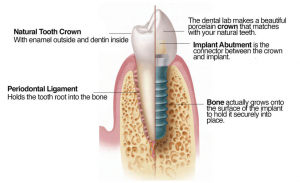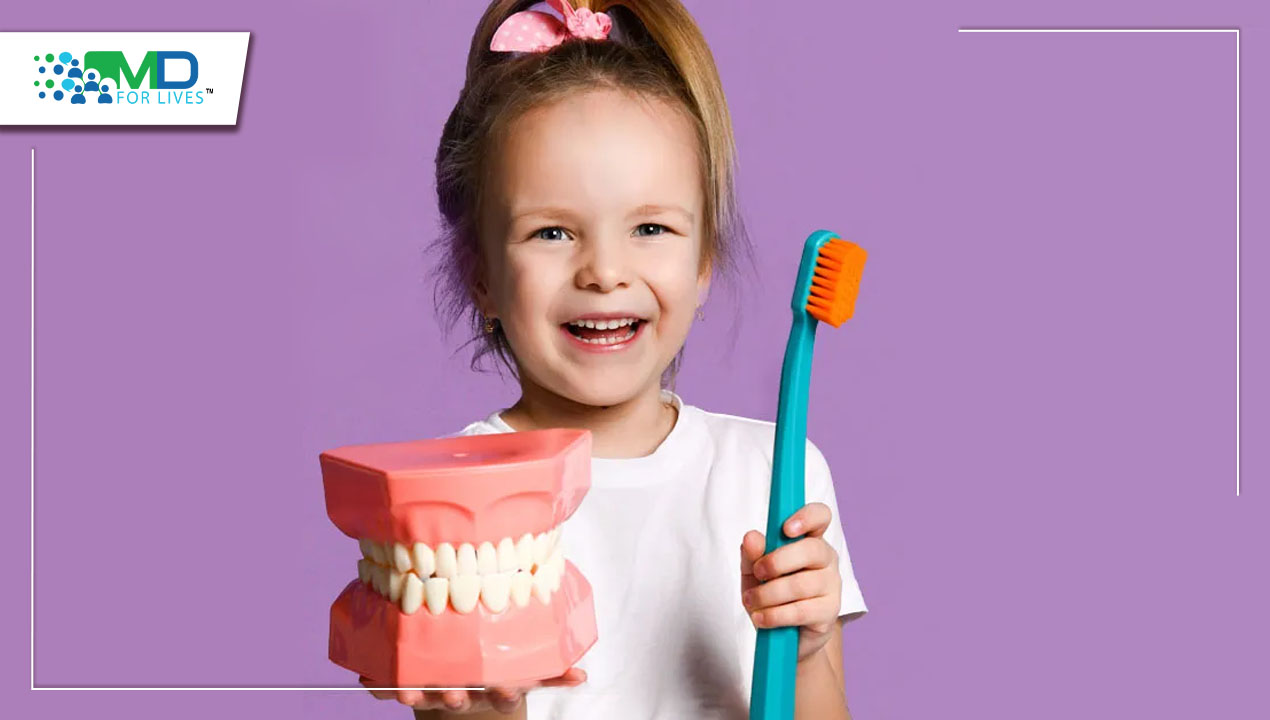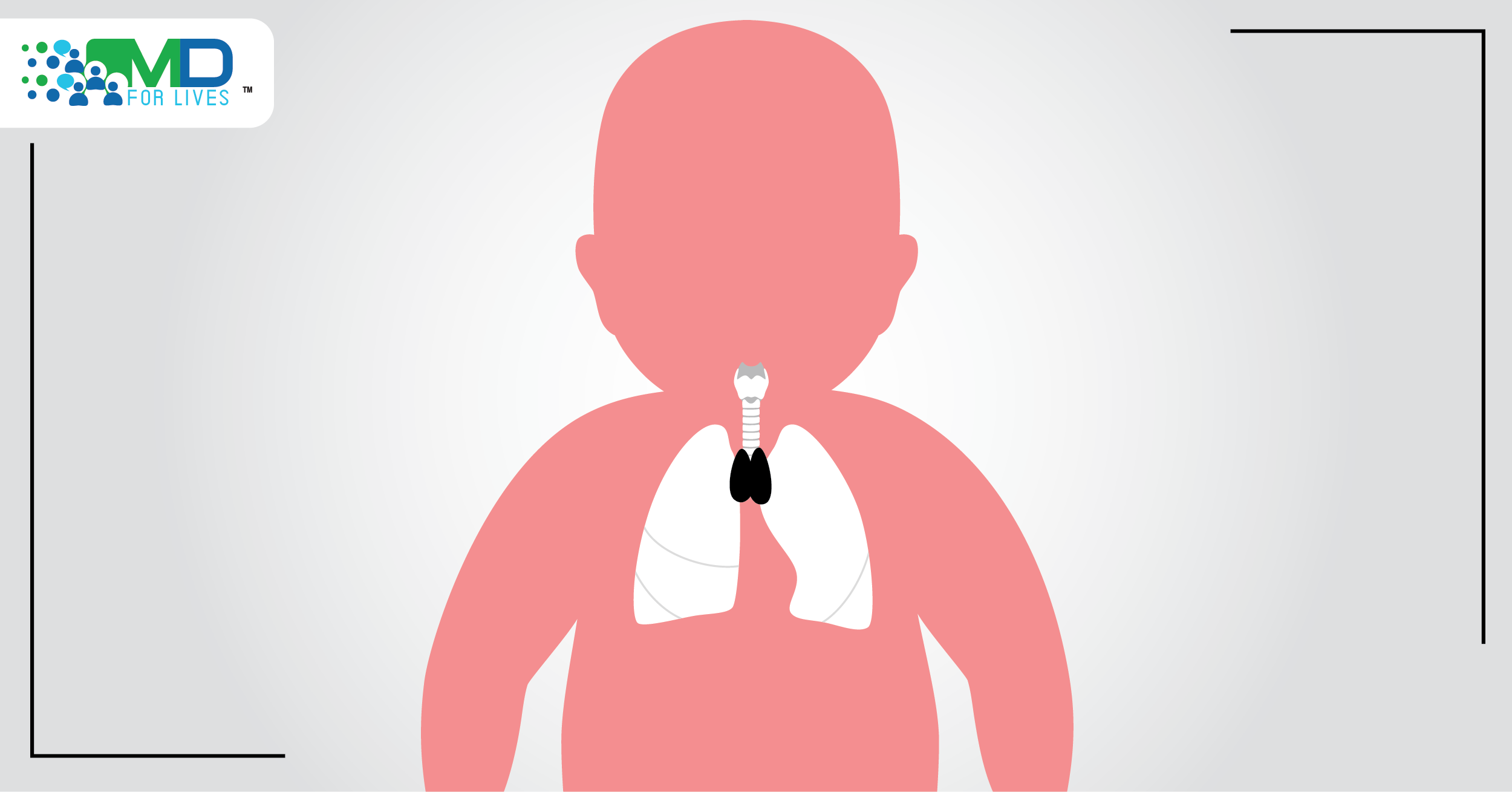Dental implant placement in children has always been avoided by the doctor and the patient/guardian for various reasons. Recently, a study on the placement of dental implants in pediatric cases was published, which can provide dentists with a whole new perspective on treatment planning in edentulous or partially edentulous growing patients worldwide. The purpose of this study was to examine the implications of growth and growth assessment in developing children, as well as to make recommendations for developing multidisciplinary treatment plans.
Why is there a need for implants in pediatric cases?
Congenital partial anodontia and traumatic tooth loss are common in pediatric cases. Total anodontia is a rare disorder in which all teeth in the primary and/or permanent dentition have been missing since birth, causing loss of masticatory functions, insufficient normal alveolar growth, and unsightly aesthetics that hamper a child’s psychosocial development.
Until recently, conservative procedures such as a Maryland Bridge and resin-bonded restorations are employed in cases of numerous missing teeth, whereas detachable prosthesis is used to treat single tooth loss in young children. However, these therapies are ineffectual and come with their own drawbacks, such as increased caries rates, periodontal problems, and persistent alveolar resorption¹.
From a physiologic aspect, the preservation of bone may be the most essential rationale for adopting dental implants in a growing patient. Because congenital partial anodontia patients have minimal alveolar bone, placing a dental implant changes the loading mechanism on the bone and slows its resorption. As a result, these benefits must be balanced against the absence of long-term in vivo evidence-based studies.

Figure depicting the placement and attachment of the implant inside the bone.
What growth considerations are taken into account at implant placement?
When it comes to implant placement in children and teenagers, growth is an important factor to consider. Serial cephalometric radiographs with superimposed orthodontic tracings are taken 6 months apart. If no changes occur over a year, one may conclude that growth is complete.
Maxillary growth consideration
Apposition and superficial remodeling are two ways the maxilla grows. Transverse growth can develop a diastema with adjacent teeth if implants are placed too early. Due to sagittal expansion of the maxilla, an implant in the front region can become more lingually positioned over time, and an implant placed too early in adolescence may end up on the nasal floor once the permanent teeth have shifted down owing to vertical maxillary growth.
Mandibular growth consideration
Unlike the maxilla, the mandible depends on endochondral and periosteum activity for growth. If the implant is placed too soon, the implant may be lingually positioned due to a transverse pattern of bone growth. By apposition of the bone, the dentoalveolar compensatory mechanism preserves the vertical dimension. Because of the sagittal expansion of the mandible, there will be no movement of the implant placed at an early age.
Is a multidisciplinary approach to pediatric dental implantation a viable option?
After adding a multidisciplinary approach to their treatment strategy, several doctors have had success with implant treatment in children. Before placing an implant in an adolescent, the implantologist should carefully assess the pedodontic, orthodontic, surgical, and prosthetic aspects of the case.
Pedodontic considerations
The pedodontist must be up to date on current knowledge, and suitable assistance and counseling should be offered to the parents to help the child adjust his or her behavior, making it easier for the child to cope positively.
Depending on the degree of aplasia, psychological developmental stage, and possible incipient signs of dental disease, individually adapted preventive dental care programs must be designed for each child with aplasia, as they are at risk of developing dental diseases, such as caries or periodontal disease.
Orthodontic considerations
Orthodontists should assess the completion of the more active growth stage, as well as the patient’s height. The facial growth pattern should ideally be studied during the first treatment planning. Aplasia situations might cause complications during orthodontic therapy. Because there are fewer permanent teeth, the anchoring may be weaker than usual, and the forces should be adjusted accordingly.
Surgical considerations
At the implant sites, the oral surgeon must ensure that enough bone of suitable quality is available. Surgical methods such as auto transplantation, implants, and orthognathic surgery may be used to treat these patients with substantial aplasia. The prosthetic treatment’s functional and visually acceptable outcome is determined by the placement of the implants. In consultation with the prosthodontist, it is critical to carefully design the location of the various implants.
Prosthodontic consultations
In the multidisciplinary team, the prosthodontist is largely responsible for the following areas of concern: early evaluation of ultimate treatment, appropriate abutment tooth location, aesthetic appeal considerations, and temporary prosthetic therapies.
A group of researchers proposed a dental multidisciplinary team composed of a pediatric dentist, an orthodontist, a prosthodontist, and an oral and maxillofacial surgeon. They performed oral rehabilitation on a child with hypohidrotic ectodermal dysplasia using an implant-supported overdenture. The child received an upper conventional denture and a lower implant-supported overdenture at the age of two. After three years of follow-up, the patient reported great masticatory and cosmetic benefits with the mandibular implant-supported overdenture.
Can a growing patient with ectodermal dysplasia or oligodontia have an implant placed?
In Pediatric cases, patients with ED may benefit from dental implants, according to the 1988 National Institute of Health Consensus Development Conference on Dental Implants in Bethesda. Implant placement in pediatric patients with prolonged syndromal hypodontia is suggested, such as those treated in the emergency room, according to a review study published. The ideal position for insertion appears to be the anterior mandible; insertions in the maxilla should be avoided or at the very least, should not cross the midline.
Numerous studies/clinical trials are being conducted worldwide that provide good evidence for implant insertion in patients with ED or oligodontia. Implants were inserted at a young age in several studies, and they operated well until the patient reached the age of 19, at which point two further implants were placed to provide a fixed implant-supported prosthesis. A retrospective analysis of 13 oligodontia patients revealed a 90% survival rate of 8 years following prosthesis placement.
What does the future hold for dental implants in pediatric cases for patients?
Dental implants are a relatively recent treatment option for young children. If implants are present for several years of face growth, there are chances that they may get entrenched, repositioned, or displaced as the jaw expands. The second source of worry is the effect of prostheses on growth.
Although dental implants in young children and teenagers may be a viable option, few studies in the literature provide definitive proof. Before placing an implant in a child, a complete growth assessment is required. If the therapeutic goals call for implant placement before skeletal maturation, the procedure’s benefits and hazards must be explained to the child’s parents. The implant technique, on the other hand, can only be justified if the predicted benefits outweigh the procedure’s drawbacks.
References:
1. Agarwal N, Kumar D, Anand A, Bahetwar SK. Dental implants in children: A multidisciplinary perspective for long-term success. Natl J Maxillofac Surg,2016:7(2):122-126.
2. Cronin RJ Jr, Oesterle LJ. Implants used in growing patients. Dent Clin North Am,1998:42:1-35.
3. Shirolkar, Supreet & Bag, Anisha & Gayen, Khooshbu & Sikdar, Rajib & Sarkar, Subir. (2022). Dental implants in growing children:-A multidisciplinary approach. International Journal of Dental Sciences and Research. 4. 30-33.

MDForLives is a vibrant community of healthcare professionals and patients dedicated to shaping the future of healthcare. We provide valuable global insights to healthcare companies through online surveys, interviews, and discussion forums.






